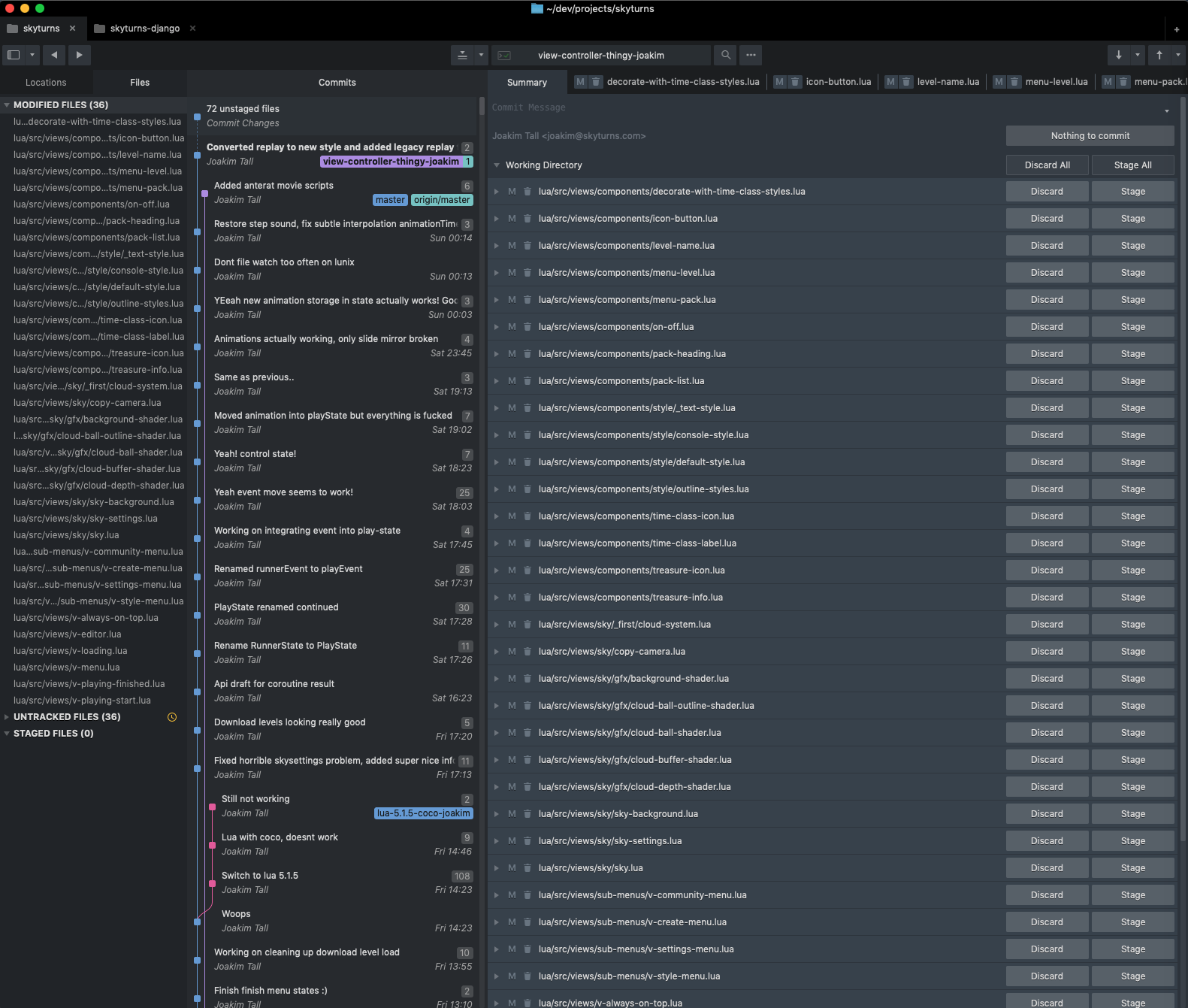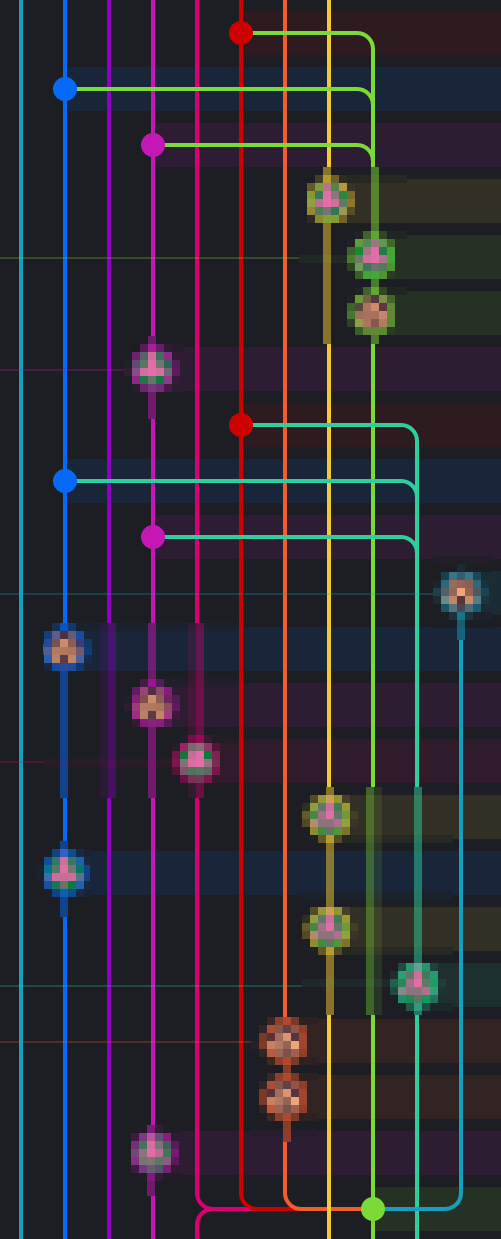
It consists on merging two dataframes in one that contains the common elements of both, as described in the following illustration: X Y INNER JOIN Also note that ‘Jack’ is missing in the second table (neither his age nor his position are available) and ‘Jacqueline’ and ‘Ivy’ are missing in the first (their monthly salaries are not available with the current data).Īn inner join (actually a natural join), is the most usual join of data sets that you can perform. Note that on a real life example, all ids will be unique but the names can be repeated. Id name month_salary id name age position "Jacob", "Mary", "Kate", "Jacqueline", "Ivy")Įmployee_salary <- round(rnorm(10, mean = 1500, sd = 200))Įmployee_age <- round(rnorm(10, mean = 50, sd = 8))Įmployee_position <- c("CTO", "CFO", "Administrative", rep("Technician", 7))ĭf_1 <- ame(id = employee_id, name = employee_name,ĭf_2 <- ame(id = employee_id, name = employee_name,Īge = employee_age, position = employee_position)
R SUBLIME MERGE HOW TO
In order to create a reproducible example to show how to merge two data frames in R we are going to use the following sample datasets named df_1, that represents the id, name and monthly salary of some employees of a company and df_2, that shows the id, name, age and position of some employees. However, merge is a generic function that can be also used with other objects (like vectors or matrices), but they will be coerced to ame class. Note that the main method of the R merge function is for data frames. Incomparables = NULL, # How to deal with values that can not be matched No.dups = TRUE, # Whether to avoid duplicated column names appending more suffixes or not

Suffixes = c(".x",".y"), # Suffixes for creating unique column names Sort = TRUE, # Whether to sort the output by the 'by' columns

Merge(x, y, # Data frames or objects to be coercedīy = intersect(names(x), names(y)), # Columns used for mergingīy.x = by, by.y = by, # Columns used for mergingĪll = FALSE, # If TRUE, all.x = TRUE and all.y = TRUEĪll.x = all, all.y = all, # If TRUE, adds rows for each row in x (y) that not match a row in y (x). However we defer to Git itself for operations that mutate the repository (Staging, Committing, Checking out branches, etc).The syntax of the R merge function with a brief description of its arguments is shown in the following block of code: merge(x, y. * We have a custom implementation of Git for reading repositories, which drives a lot of our high performance functionality. We'll be on the Forums listening to any feedback - let us know how you get on with it! It's still early days for Sublime Merge - it has only been used by us and our small team of beta testers so far.
R SUBLIME MERGE MAC
Sublime Merge runs on Windows, Mac and Linux. Individual purchases are buy once, use forever, with 3 years of updates included in the purchase.īusiness licenses are available on a subscription basis. The evaluation version is fully functional, but is restricted to the light theme only.
R SUBLIME MERGE DOWNLOAD
You can download Sublime Merge, and try it for yourself - there's no time limit, no accounts, no metrics, and no tracking. The result is, to us at least, something pretty special. It combines the UI engine of Sublime Text, with a from-scratch implementation of Git*. Today, I'd like to introduce Sublime Merge. What if we used it to build a Git client?Ĭould we make it buttery smooth, without flickering or blocking?Ĭould we make something that's really, really right? We're all too familiar with clunky layouts, unresponsive buttons, choppy scrolling, tedious splash screens, and flickering on every interaction.Īfter typing git add -p in the terminal one too many times, I thought to myself: we've got some pretty great tech in Sublime Text.
R SUBLIME MERGE SOFTWARE
There's a real pleasure using software that gets it really right, as a lot of the time, it doesn't. The feel, aesthetics, and performance all have to be there.

When it comes to software, getting it really right goes beyond functionality. It embodies the idea of building something that goes beyond the minimum: making it as good as it can be, paying attention to the details, and getting it really right. They make lovely equipment, but what I really like is the name. There's a company that makes photography accessories, called Really Right Stuff.


 0 kommentar(er)
0 kommentar(er)
